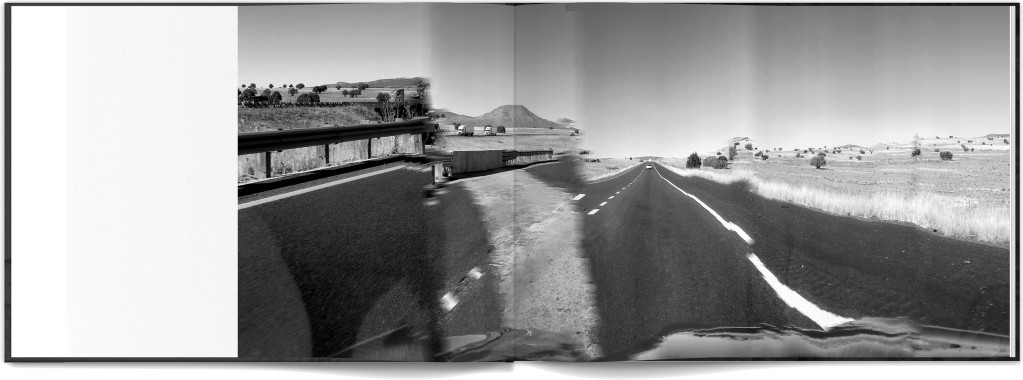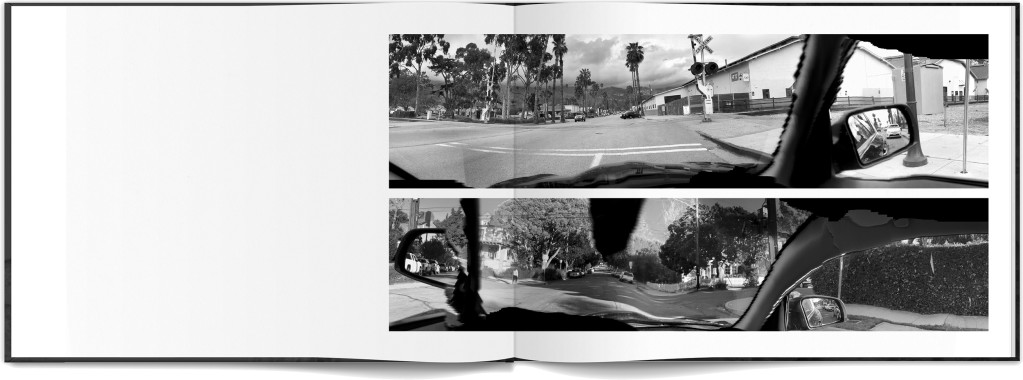Whatever you’re doing now, if you want to calm yourself and rediscover the love of slow production, watch this transcendent footage of David Sylvian with Ronny Drayton, Ryuichi Sakamoto, Holger Czukay, Jon Hassell, and Steve Nye.
David Sylvian posted this film over the summer on their Vimeo account Samadhisound, which includes various other gems – ephemera and short films:
https://vimeo.com/samadhisound
Big tip o’ the hat to Svensyntetics for this one – go follow them on SoundCloud or Bandcamp.
The film is comprised of material shot by Yuka Fujii at Berlin’s Hansa Tonstudio as Sylvain and company worked on the album Brilliant Trees. The 1984 release on Virgin by Sylvain and Steve Nye followed the breakup of the band Japan but included its personnel, plus an incredible convergence of people – Holger Czukay, Danny Thompson, Jon Hassell, Mark Isham, Ronny Drayton, Kenny Wheeler, Phil Palmer, and Ryuichi Sakamoto.
Many of those are documented here. More than just documentary, it’s a beautiful, raw sound object itself, splicing together moments of process and conversation. It’s wonderful to hear that primordial musical soup on its own.
I was drawn to the soft-spoken wisdom from Jon Hassell talking about how he transformed his own playing technique after working with Indian musician Pandit Pran Nath:
I either had to learn how to do that – the sliding tone – or give up trying to do it on the trumpet. You can’t play raga with a … discrete-step instrument. So that’s really the whole process [that] arose out of it – trying to imitate the voice.
I think it’s important to read David’s own full-length text:
Brilliant Trees sessions . Berlin . 1983 . raw camera footage
This raw footage shot on, what’s now seen as a primitive camera but which was a top of the line consumer product at the time, a massive, unwieldily object, was documented by Yuka Fujii. I’ve put the material together in the order it was recorded to give a very general idea of the process of development. It’s been my practice to work closely with each individual musician since my earliest days with the band in an attempt to get the best results. I’ve always maintained the band prepared me for working with others, gave me the confidence to work with my peers, the ‘newcomers’ in the room all being older than myself (25). At this point in time Ryuichi’s english was very rudimentary (this was to change radically within the next ten years or so) so we had to communicate as economically as possible, or rather, 95% of the exchange was purely musical. Yuka and Peter Barakan would step in when greater explication was needed. Holger’s english remained consistent throughout the years i knew him. Again, subtleties could be lost so the dialogue was relatively basic. These sessions in Berlin were my first step in creating what would become ‘Brilliant trees’ and my initial move away from the structure of the band. It was one of the happiest recording experiences I can recall while signed with a major label. Because of the success of having everyone meet in Berlin, a city native to no one involved, it felt like an adventure. People arrived with a spirit of openness and receptivity. I went on to repeat this process with albums such as ‘Secrets of the Beehive’, ‘Rain Tree Crow’, and ‘The First Day’ among others.
I’ve left a lot of Jon’s conversation in as it’s of interest. In one section he’s explaining the nature of raga and how he came to it by working with renowned Indian singer/teacher Pandit Pran Nath. He was also intimating that, as ‘Brilliant Trees’ asked that he play in the western tradition, ‘steps’ as he describes it, he didn’t see how his performance could be incorporated into the title track. I persevered. He returned to his hotel room that evening to work on it and, overnight, came up with something so beautiful and complimentary to the piece, that moved away from raga (outside of the coda), and gave us one of the rare, if not unique recordings, of Jon playing in the western tradition.
Besides the limited nature of my vocabulary, the paired down nature of our exchanges for the reasons given above, my only regret is that I didn’t use Holger’s guitar solo on ‘Red Guitar’. At the time I felt it a little lightweight compared to the mix Steve Nye was prepping. I would now mix it quite differently pushing the drums way back (from the mid 70s through the 80s drums were often foregrounded, a trend I wasn’t fond of. I fought for a change of approach on ‘Beehive’ and that’s about the time when things began to resemble how I’d initially imagined the material. There are always exceptions of course, ‘weathered wall’, ‘Before the Bullfight’ are just two examples). I loved Holger dearly and wish I’d immortalised his solo in some capacity. If it still exists on multitrack all is not lost.
I came away from Berlin with an incomplete album and preceded to write a few remaining pieces to complement the best of what I had. ‘The Ink in the Well’, ‘Nostalgia’ and ‘Backwaters’ were added, ‘Blue of Noon’, an alternate version of ‘Forbidden Colours’, and a new track composed with Ryuichi were, with the exception of the latter, to find a home elsewhere. ‘Blue of Noon’ was originally a vocal piece but I felt this version didn’t hold together and, in any case, was out of place in the context of the album. Virgin released a working rough mix of the track as the B-side of a single.
I hope the mutual respect and good humour of everyone involved comes across along with their seriousness and committed nature to the material. Rarely has this proved otherwise for me. In this respect I feel very fortunate. From this session I made lifelong friends, a trend that was to continue for many years to come.
david sylvian july 2021
in order of appearance: Ronny Drayton . David Sylvian . Ryuichi Sakamoto . Holger Czukay . Jon Hassell . Steve Nye.
© david sylvian / yuka fujii
no unauthorized copying, broadcasting, reposting without permission.
It’s so nice, actually, that I even rather hope Samadhisound follows up with a Blu-Ray or USB stick or however you’d disseminate video nowadays apart from Vimeo. But this brings up two vital side quests –
One, what is that wild tape machine they’re using?
Two, what are they up to now?
In order…
About that mysterious tape box
The delicate tape echo work, which starts around 11 minutes, is worth the price of admission. It’s wonderfully delicate and painstaking; you really do get a sense of a slower and more deliberate process hacking these machines than you might from today’s technology. (The answer being, of course, you should do what you can to treat technology now with the same care and slow pace, if you like!)
You’ll eventually see two of these boxes, and they’re both IBM dictaphone models Sylvain found in a dumpster. They told The Quietus‘ Wyndham Wallace the story in 2012:
I just said, ‘Come along and we’ll see what happens’, and we got on famously and he became a very close friend of mine, and what he contributed to the album was kind of what I was looking for, which was mainly supplied by the IBM Dictaphone that he used to play back samples. Samplers in those days were completely inflexible. But he’d found this IBM machine – two of them – in a dumpster outside an office building in Cologne, and he could move the playback head of the Dictaphone across the tape at random speeds, and so it really made it a marvellously flexible instrument.”
I can’t tell exactly which model, but the case makes this look like an early 1960s IBM Executary, which in turn used a loop called the IBM Magnabelt containing 4-inch tapes. Should we embed a video? Yes, we should, as I think if you watch a few of these, you’ll retrain the YouTube algorithm to send you down some delightfully dorky rabbit holes. (I always wanted a repair guide to an IBM Selectric, and that’s just the first level.)
There are some great shots of the Magnabelt itself and some arguably forward-looking design on the 1960 model. Sure, Apple liked to point to companies like Braun, but ironically unlike the clunky IBM PC, this 1960 machine looks very 1980s-Apple.
https://www.audiomediamuseum.com/products/a1960-ibm-magnabelt-executary/
It looks especially close to a model 211 (see also 212, 213), but I’ll leave that to you all.
Even IBM has an official page:

Like me, it’s advanced technology from Kentucky.
On October 17, 1960, IBM’s Electric Typewriter Division announced that IBM was entering a new business — the manufacture and sale of dictation equipment. Exactly eight years later to the day, the company’s Office Products Division (which had succeeded ETD in August 1964) introduced a second generation of dictation equipment — the IBM Executary line. Executary products were designed by Eliot Noyes & Associates and manufactured by IBM in Lexington, Ky. The Model 212 IBM Executary secretarial unit seen here featured a 14-minute magnetic belt, standard on all IBM dictating and recording equipment. It was 11 inches wide, 9.25 inches deep and 3.25 inches high, and weighed about 14 pounds. Although a blue front panel was standard, customers could order optional color panels at no extra charge. (VV4019)
Yeah, like I said – very Apple, down to the custom color combos.
Of course, it’s been done – so your challenge is to find something from your dumpster that someone will think is just genius in the year 2061, if there’s anyone around to appreciate it then.
What David Sylvain is up to these days
Still more poetry – ERR: A photographic essay just came out late last year, limited to 500 copies. It’s out of stock at the moment; I don’t know if that means the full run is gone. But it is a good window into Sylvain’s ongoing creative bounty.


I’ve run out of road, setting loose the demons. What, other than apathy, remains?
david sylvian, June 2021
You can read their essay on the matter at the minisite accompanying the book:
Yuka Fujii again was back, assisting art direction.
I’ll include this text, just in the hopes that some of us – all of us – might experiment with what these words would mean in sound.
それが都市であれ、 砂漠であれ、 アメリカの道の15センチ下には
荒野が眠る。 そして多くの写真家がそのアメリカの道の寂寥感を
車の窓越しに撮ってきた。 だが本書の写真の中では、 1と0という
永遠に中間値の失われたジャギーの暴力によってそのアメリカの
道伝説があたかもクラッカーのようにとつぜん砕け散る。 それは
デジタルという空虚が与える新しい美学だと言える。藤原新也
Be it city or desert, the wilderness sleeps 15 centimeters beneath American roads and many photographers have documented the desolation of these roads through the windscreen of a car. But the photographs in this book, their jaggie violence forever lost in the eternal median of 1 and 0, shatters the American road legend as if it were a cracker. Clearly, this is a new aesthetic made manifest by the emptiness of the digital.
Shinya Fujiwara
Empty as they may be, the roads continue – create digital music.
Official site with more info and a lot more photos (apparently with a broken certificate, but hey, been there):